Diy Smart Dry Laundry Sensor
About the project
Detecting Laundry Dryness with an ESP32
Project info
Difficulty: Easy
Platforms: Espressif
Estimated time: 2 hours
License: Creative Commons Attribution CC BY version 4.0 or later (CC BY 4+)
Items used in this project
Hardware components
Story
Have you ever tried to figure out if your laundry is really dry, only to find that your fingertips weren’t the most reliable sensors? That’s where this project comes in! By measuring the electrical resistance in fabric, we can determine when our clothes have reached that perfect dryness level—no more second guesses.
Want the full scoop?
Watch the video where I walk through the entire process in detail.
The Make
At its core, this project uses an ESP32 (or similar board) and a pair of conductive “clamps” that press against the fabric. Wet fabric has a lower resistance, and dry fabric reads a higher resistance—so it’s a surprisingly simple sensor system! I tried out different 3D-printed clamp designs to make sure they’d grip the fabric well. Once the hardware side was prototyped (with a resistor or two, and some very messy wiring at first!), I moved on to a more finished version mounted on a custom board or breadboard.
1 / 2
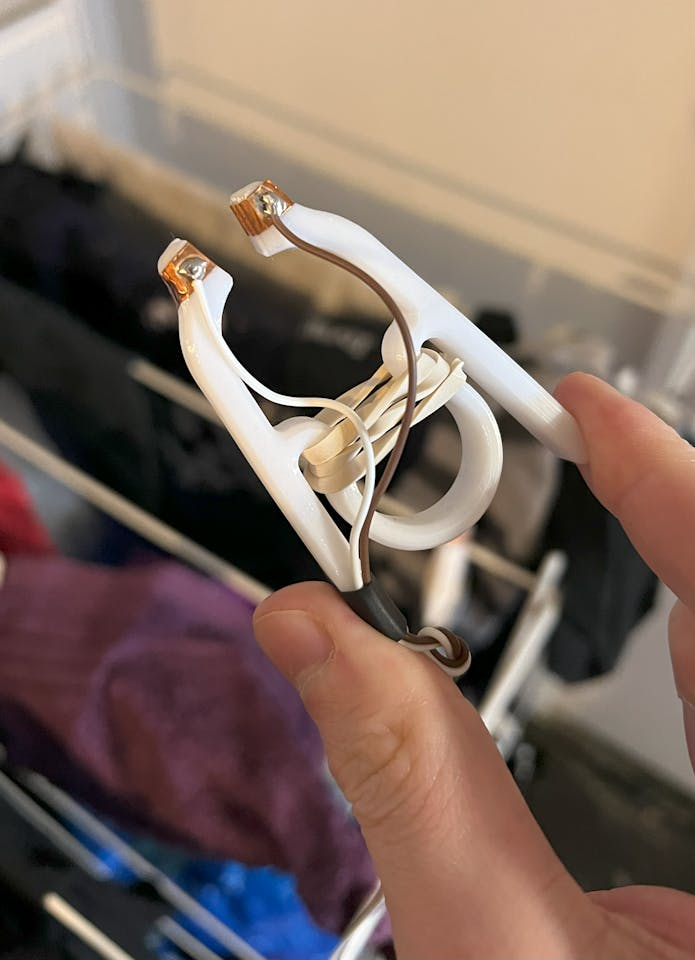
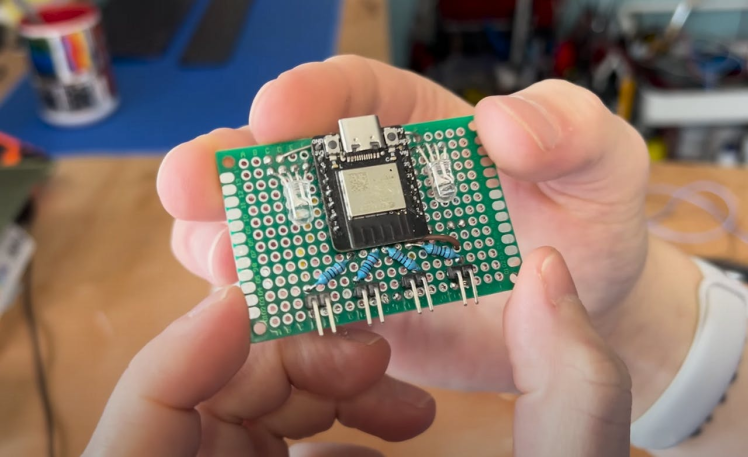
To make sense of all the data, I used ESPHome running on the ESP32 to read those voltage/resistance values. The next step was feeding that information into Home Assistant, which gave me real-time graphs on how the moisture levels changed over time. Even if laundry might seem like a “boring” subject, watching that dryness curve is oddly satisfying. Plus, with Home Assistant automations, you can trigger notifications or light up an LED strip when your clothes reach peak dryness.
1 / 2
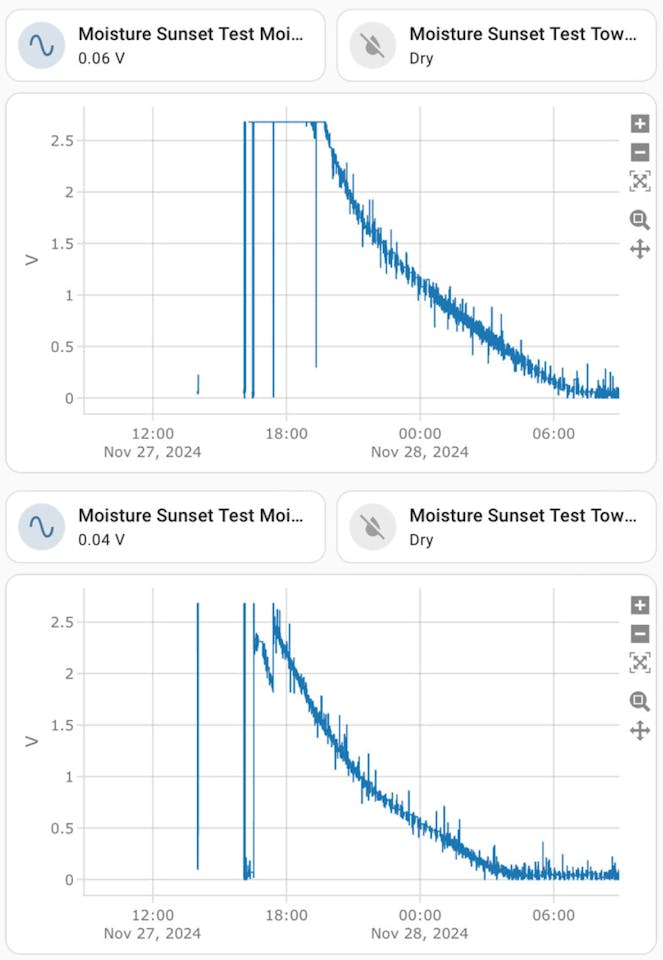

Measuring clothes’ dryness through resistance isn’t just a neat hack—it’s a genuinely handy tool to automate a very everyday chore. If you’re tired of guessing how long your laundry needs to hang, or if you just love tinkering with microcontrollers, this project is for you. From playful clamp prototypes to real-world data tracking, it’s a fun journey that shows just how creative you can get with an ESP32 and some conductive tape. And if you want to see every nut and bolt of how it’s done.


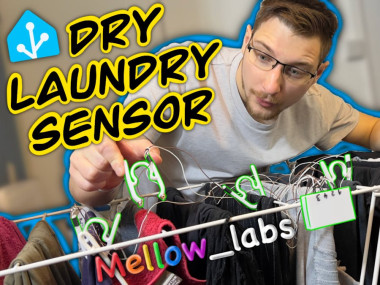



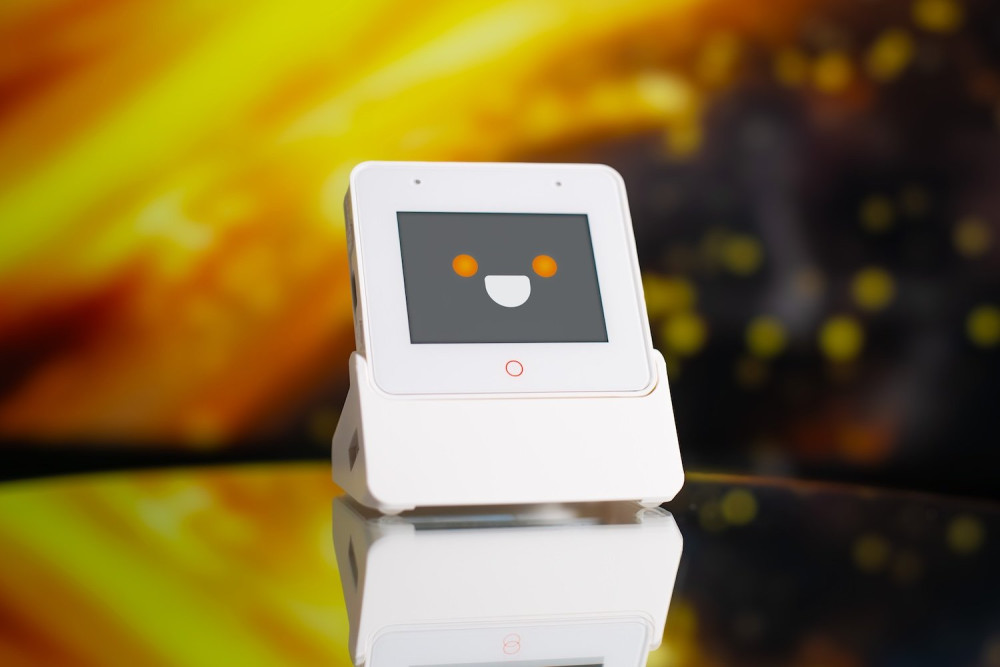
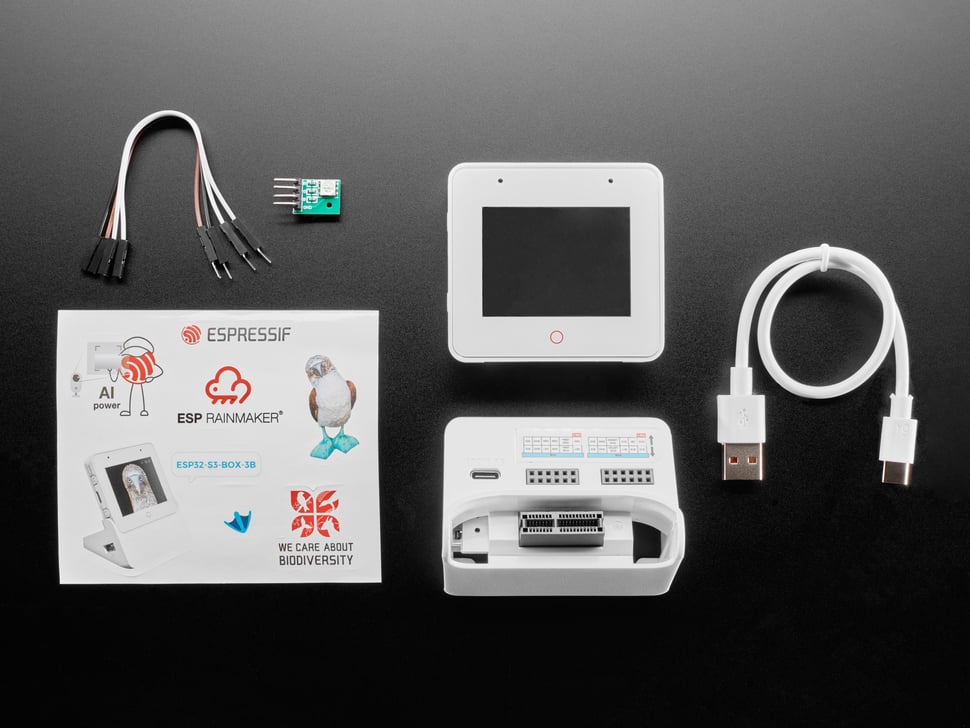
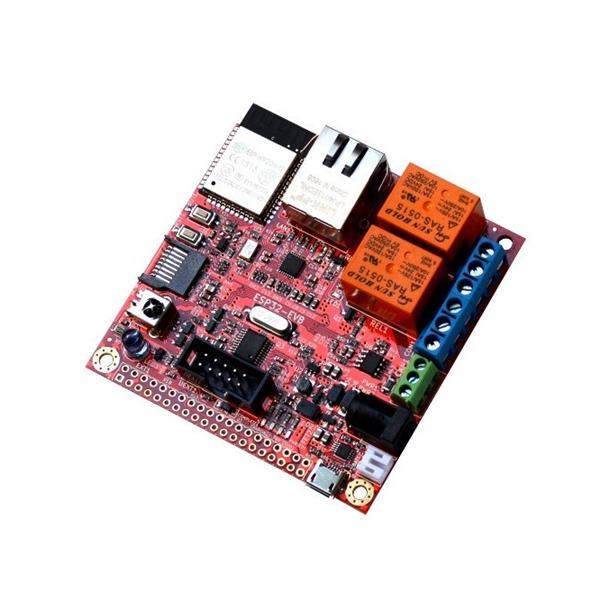
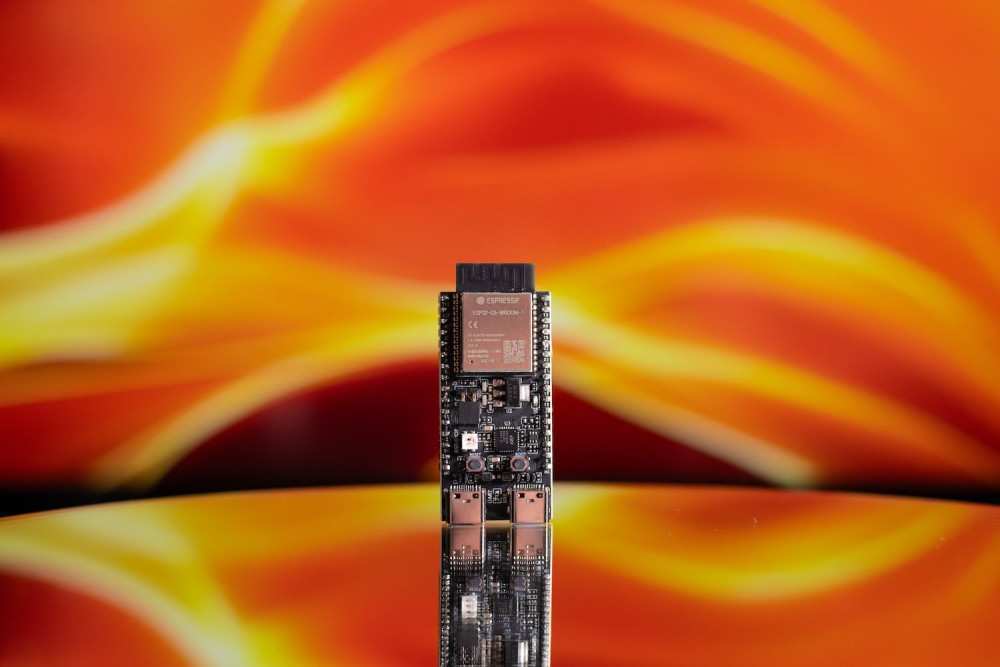
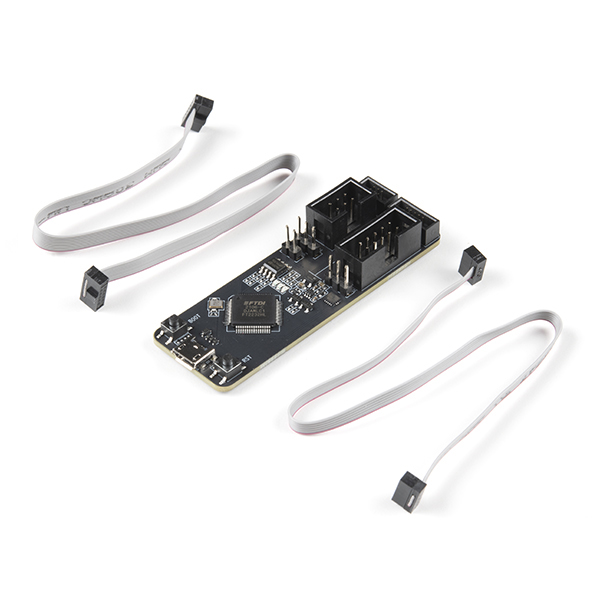
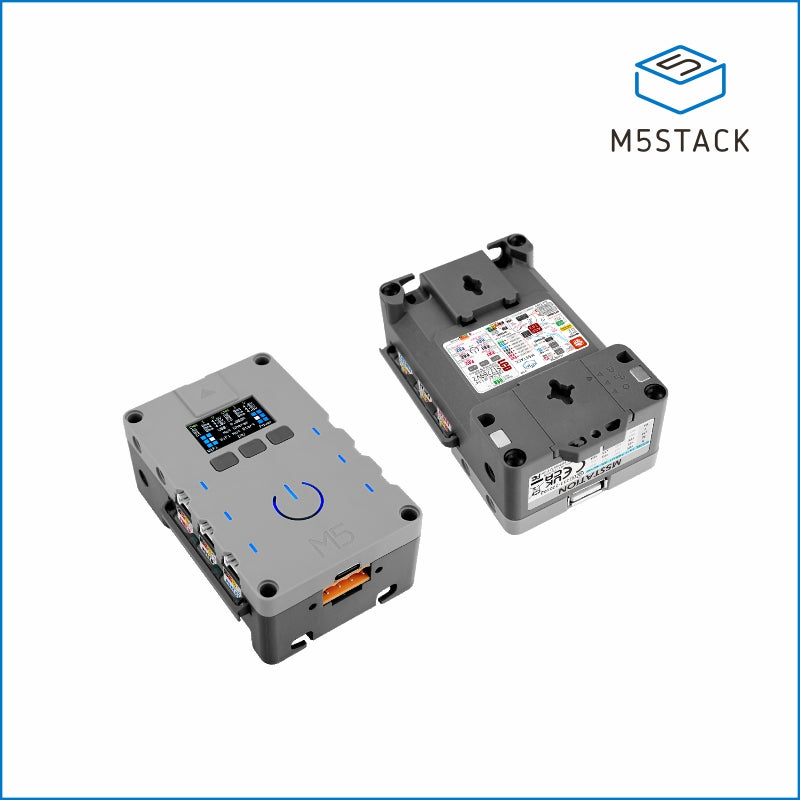
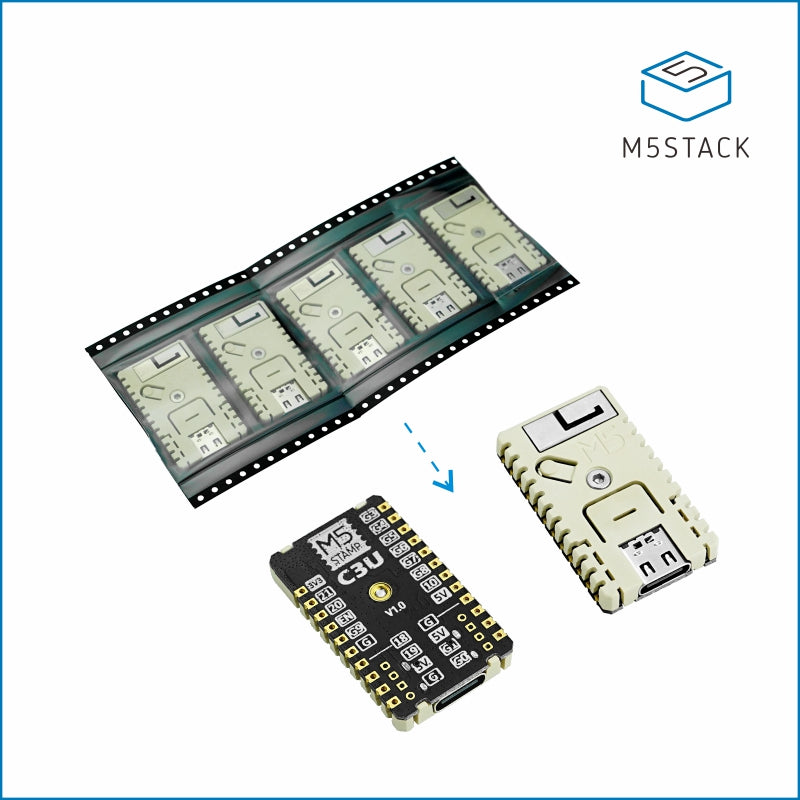
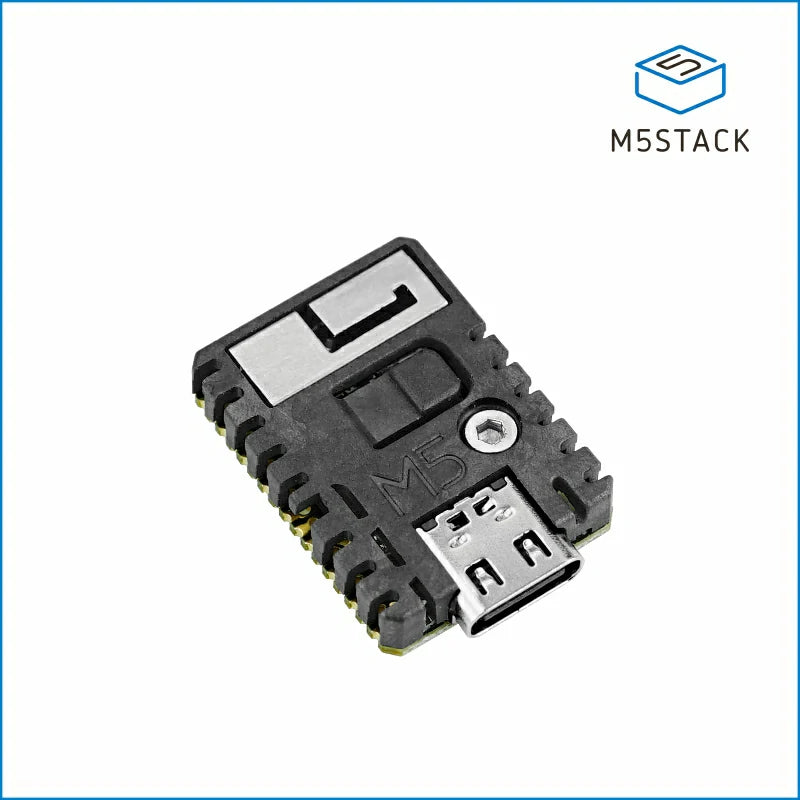
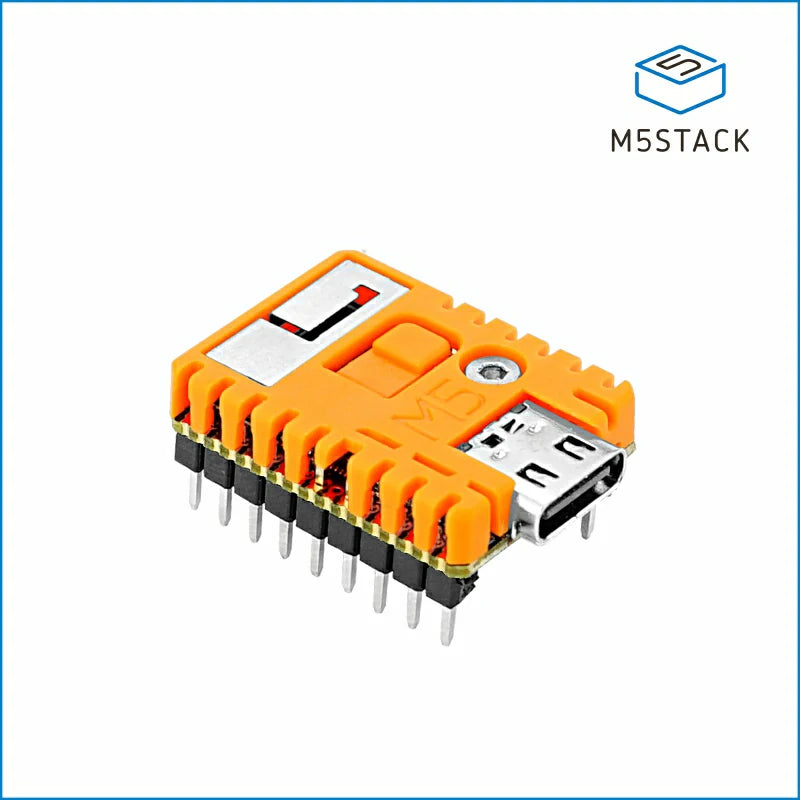
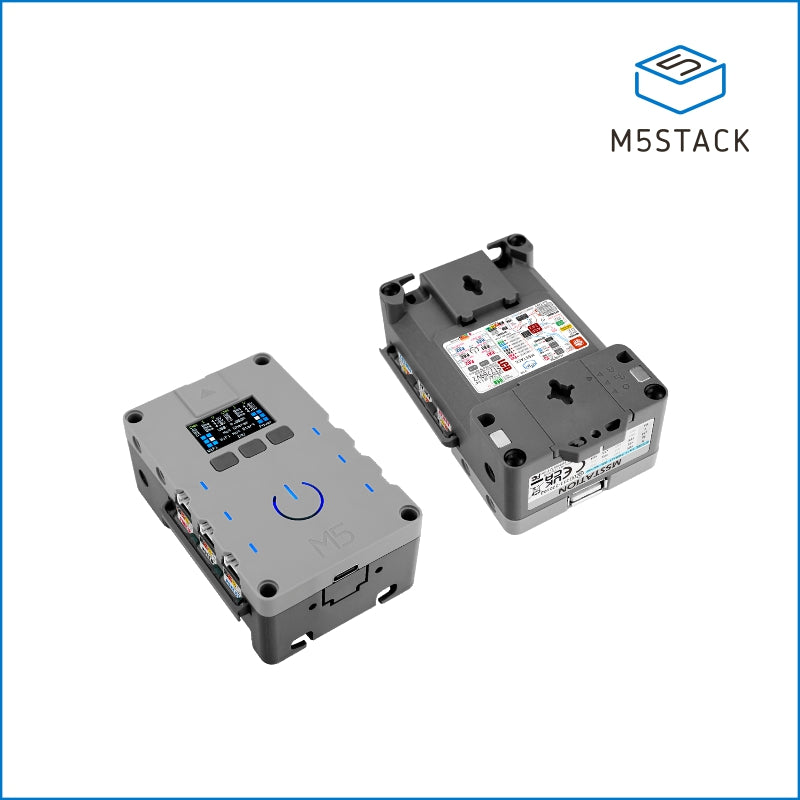

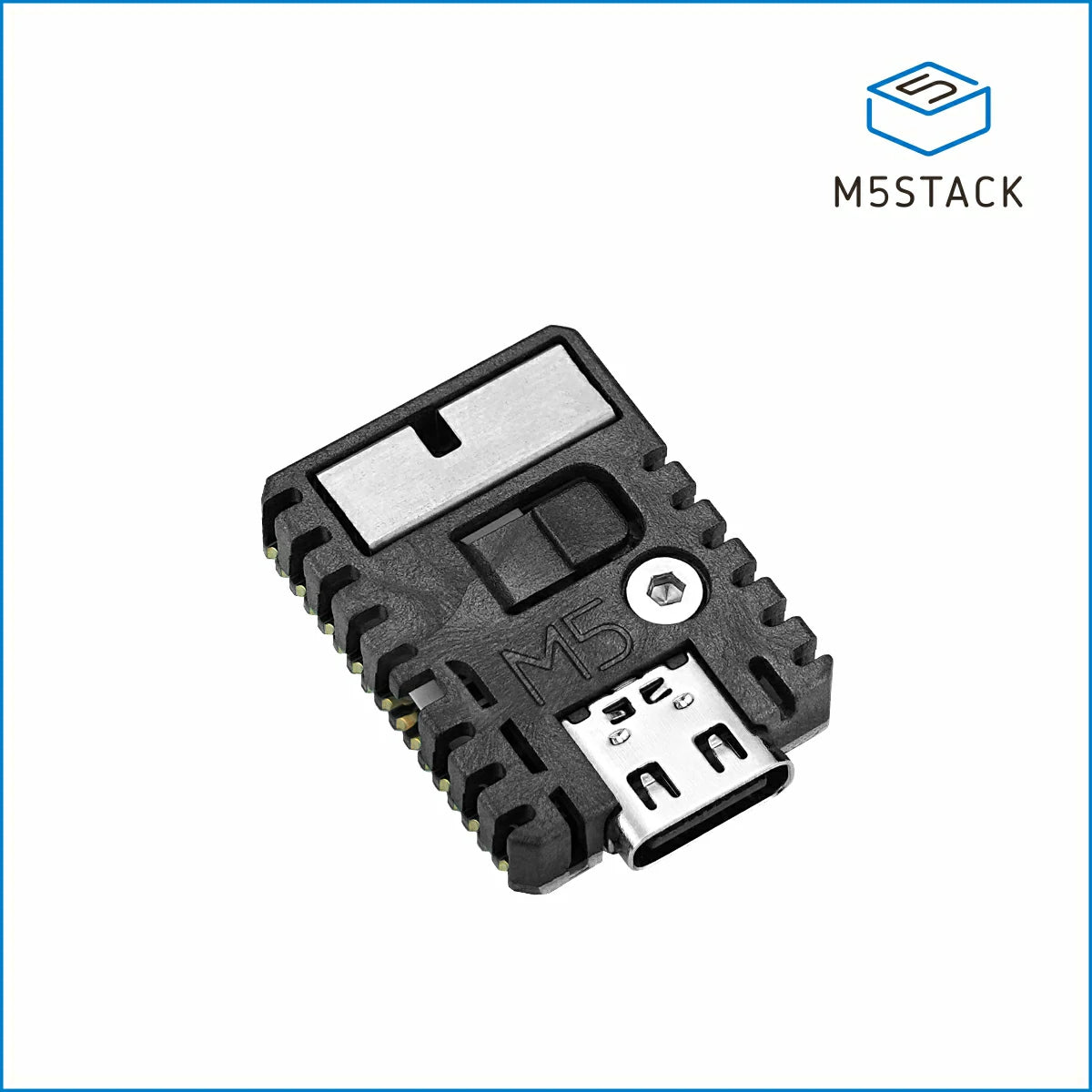
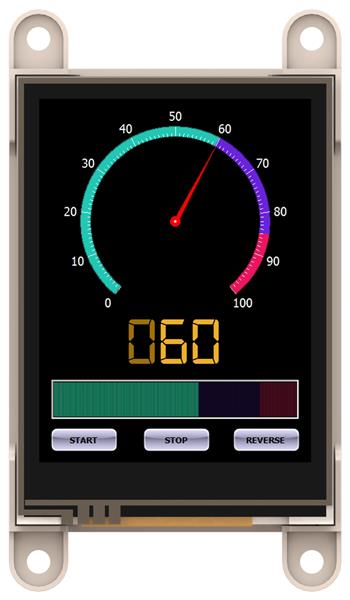
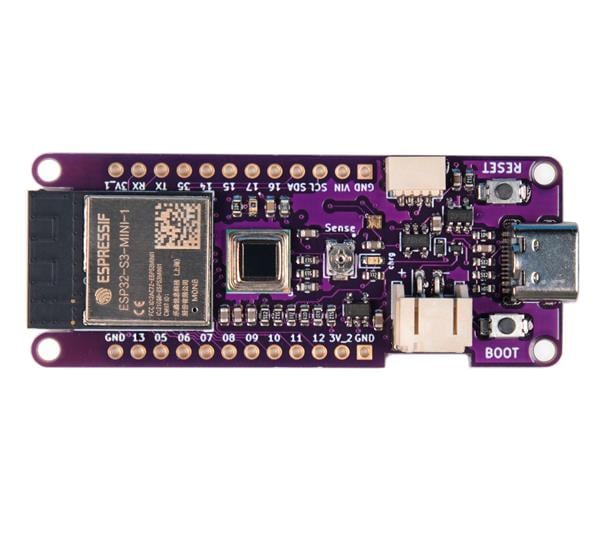

Leave your feedback...